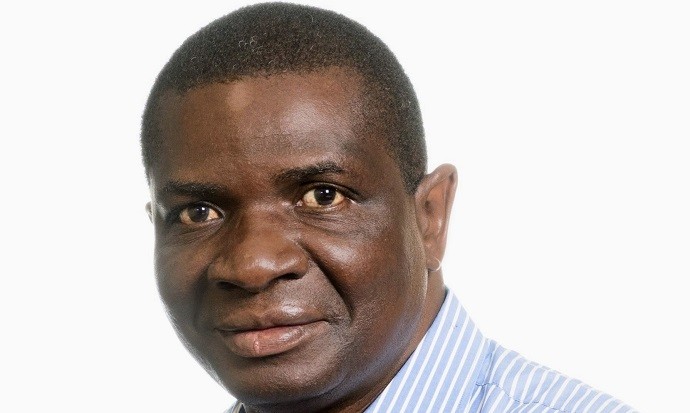
Professor Innocent Pikirayi joined the University of Pretoria (UP) in 2004. He is Deputy Dean of the Faculty of Humanities, where he is responsible for postgraduate education and research. He is a graduate of the University of Zimbabwe.
In terms of how his field of research, African archaeology, contributes to the betterment of the world, Prof Pikirayi says: “Archaeology examines cultural and human-induced environmental changes over time, determining trends and patterns, and seeks to make sense of these. It offers a unique perspective on human history and culture, and helps us to understand not only where and when people lived on this planet, but also how they have shaped it and continue to modify it. Such information is important in understanding the current human condition.”
His research is cross-disciplinary. Prof Pikirayi works with researchers such as Prof Søren Kristiansen of the Department of Geoscience at Aarhus University, Denmark, and Dr Federica Sulas, a geo-archaeologist at Cambridge University’s McDonald Institute for Archaeological Research in the UK.
Prof Pikirayi is part of an international team of scholars from Africa, Europe and the US that is studying ancient complex societies in sub-Saharan Africa, focusing on the Great Zimbabwe civilisation. The team makes use of approaches in historical ecology, geoarchaeology and conventional archaeology. The collaborative research on Great Zimbabwe goes back to 2015/2016, and focuses on the role of water in socio-political formation. Highlights of this research involve the remapping of ancient and present-day water features on the site using light detection and ranging (LiDAR) mapping, which revealed how the ancient community managed and conserved water resources.
As far as role models go, Prof Pikirayi points to Peter Storr Garlake (1934 – 2011), an architect, archaeologist and author of the book Great Zimbabwe (Thames and Hudson, 1973). Garlake taught him at undergraduate level and inspired his early career in archaeology. Prof Pikirayi has written a tribute to Garlake.
As for his early career as a scholar, Prof Pikirayi credits his doctoral supervisor Prof Paul JJ Sinclair as being highly influential, especially his doctoral thesis, ‘Space, time, and social formation: A territorial approach to the archaeology and anthropology of Zimbabwe and Mozambique c 0 – 1700 AD’ (Uppsala University, 1987). He also owes his growth as a senior scholar in archaeology to the numerous interactions and collaborations he has had with Prof Peter Ridgway Schmidt of the University of Florida, who encouraged him to employ locally grounded theories in understanding the African past.
Prof Pikirayi hopes to become a leading scholar in African archaeology, and use archaeology as an avenue towards other frontiers of knowledge (such as volcanology, plate tectonics, and water and soil sediments) about the origins of Earth.
“Archaeology is about the human experience and condition over time, so it is important to understand past lifeways and how these have developed to the present day. That is why my research matters,” he says.
“Such past experiences are also important to us in terms of our broader social and cultural context and how we have shaped the world in the form that we see it, live in it and experience it,” he adds. “Some of the lessons we learn from deep history, which archaeology is part of, hold fundamental clues towards understanding the modern human crisis, such as water scarcity, environment and climate change. Archaeology is the surest way of confirming that humans are changing Earth’s environment at an unprecedented timescale. The very same humans need to put mechanisms in place to halt this. My work at Great Zimbabwe speaks to these broader realities.”
His advice to school learners or undergraduates who are interested in his field is to realise that archaeology is not primarily about the past but about how the past speaks to the present.
“Once you understand this, learning archaeological theory and methods become extremely easy. In fact, practising archaeology in the field and in the laboratory becomes a passion.”
His hobbies include landscape gardening, hiking and mountain climbing. In December 2020, during the pandemic, he scaled Mount Kilimanjaro to Uhuru Peak, the highest summit in Africa.
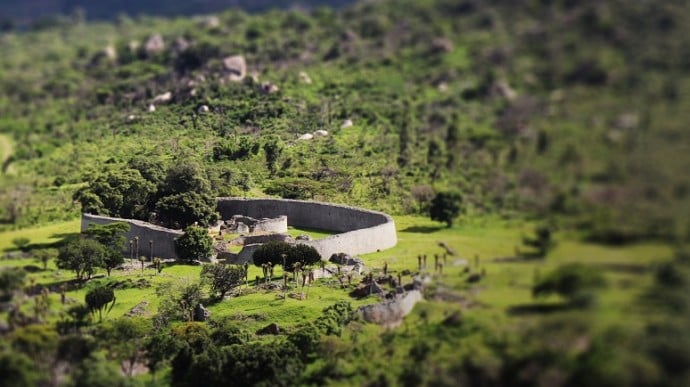 Story
Story
Highly sophisticated water management techniques of ancient civilisations demonstrate the ingenuity of inhabitants who lived with limited water. It appears we need to look to the past to ensure a stable water supply in the future.
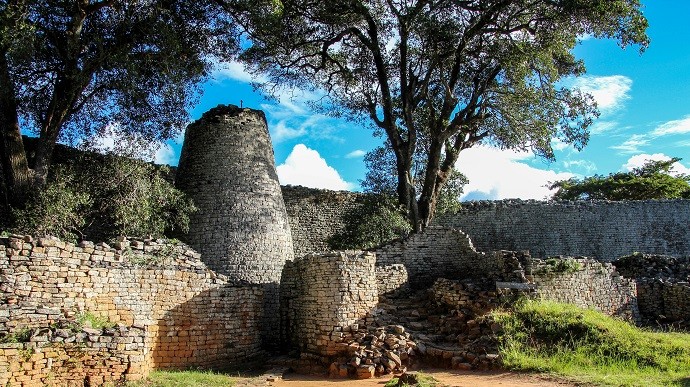 Story
Story
A study involving the University of Pretoria (UP), along with academics from Great Zimbabwe University, University of Cambridge in the UK and Aarhus University in Denmark, has revealed how Great Zimbabwe – the largest city in Southern Africa during the Middle Ages – stored water in dhaka pits to overcome severe water scarcity and drought.
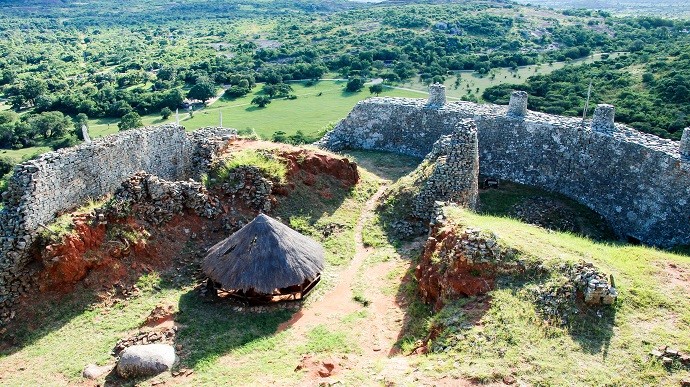 Gallery
Gallery
Water security is currently among the most significant global challenges for human subsistence and environmental health. UP archeologists have discovered that during the middle ages, the people of Great Zimbabwe developed means to conserve water which could make for effective strategies in terms of water management and conservation today.
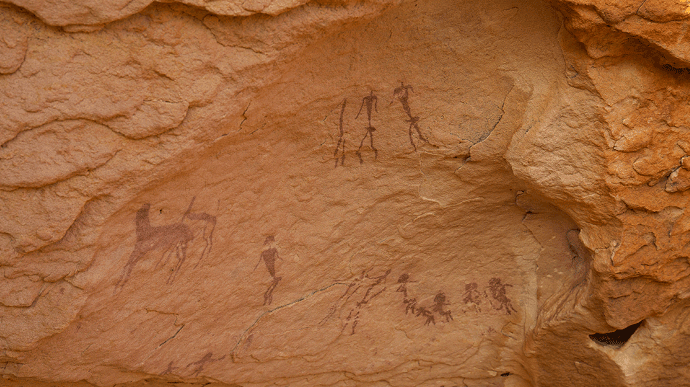 Stories
Stories
New techniques, new attitudes and new perspectives on southern African archaeology mean that the Department of Anthropology and Archaeology at the University of Pretoria (UP) is blazing a new trail and setting the standard for how archaeology should be done in southern Africa.
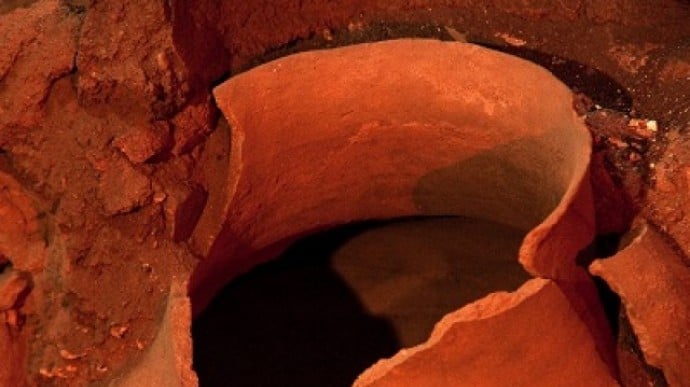 Video
Video
New techniques, new attitudes and new perspectives mean that the Department of Anthropology and Archaeology at the University of Pretoria is blazing a new trail and setting the standard for how archaeology should be done in southern Africa.
 Infographic
Infographic
New techniques, new attitudes and new perspectives mean that the Department of Anthropology and Archaeology at the University of Pretoria is blazing a new trail and setting the standard for how archaeology should be done in southern Africa.
Copyright © University of Pretoria 2025. All rights reserved.
Get Social With Us
Download the UP Mobile App